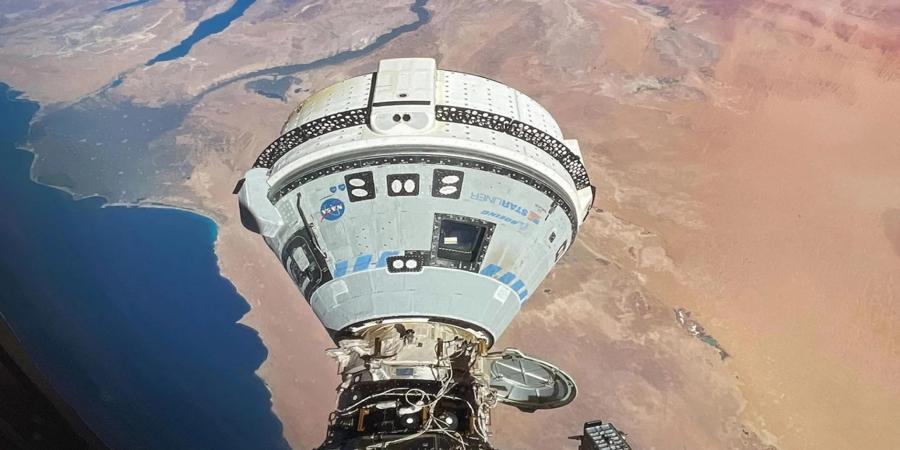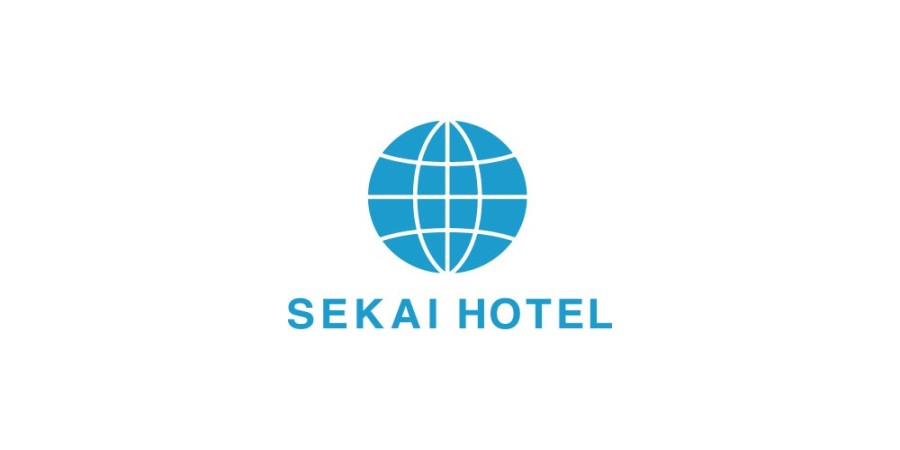NASA officials expressed confidence that Starliner will have a safe and successful return to Earth late Friday evening, though they had enough reservations about the spacecraft’s performance to conclude that the trip should be undertaken without humans on board.
The high-stakes mission is now set to officially conclude on Friday, with Starliner making its undocking attempt around 6:04 p.m. EST. Should all go to plan, the spacecraft will land at New Mexico’s White Sands Space Harbor approximately six hours later.
These final maneuvers will bring to a close a troubled first crewed mission for the Boeing-made Starliner. It was meant to be the final certification mission before the vehicle could enter operation as a regular transporter for astronauts traveling to and from the International Space Station. But technical problems, including issues with several of the spacecraft’s thrusters and a handful of helium leaks in the propulsion systems, cropped up shortly before the vehicle attempted to dock with the station on June 6.
The two astronauts onboard, Butch Wilmore and Suni Williams, ended up boarding the ISS safely. But the issues ultimately extended the mission by several months as NASA and Boeing engineers worked to try to determine the root cause of the anomalies. After weeks of testing, both on the ground using replica hardware and on orbit, NASA ultimately decided on August 24 that Starliner should return to Earth empty, and Wilmore and Williams will come home using a SpaceX capsule in February 2025 instead.
The return trip will have one major difference from normal return missions from the ISS, which is that Starliner will conduct what’s called a “breakout burn” to quickly move it up and away from the station. This maneuver — which is actually 12 small burns, with an orbital velocity of just 0.1 meter per second each — will see the thrusters pulsing for a shorter period of time than they did during the approach to the station. For this reason, the breakout burn will likely not cause the same problems as engineers observed at the start of the mission, and thus pose no safety threat to the ISS, said Steve Stich, NASA’s commercial crew program manager, during a news conference.
“The reasons we chose doing this breakout burn is it gets the vehicle away from station faster,” he said. “Without the crew on board, able to take manual control if needed, there’s just a lot less variables we need to account for when we do the breakout burn, and it allows us to get the vehicle on the trajectory home that much sooner.”
The next critical maneuver will be the 60-second deorbit burn, which will put Starliner into Earth’s atmosphere and en route to White Sands. The spacecraft will deploy parachutes and airbags to make a soft landing on the ground.
“We anticipate a good burn, and we have a lot of redundancy, and that’s what we’re relying on to have a safe entry,” he added.
NASA and Boeing will go through a few months of post-flight analysis of the spacecraft’s performance, but Stich said the teams are already looking at modifications to the system or additional testing to get the vehicle fully certified by the space agency.
But it’s unclear what the ultimate path will be to certify the spacecraft — let alone how much more it might cost Boeing, which has already incurred costs totaling more than $1.5 billion related to the Starliner program. It’s also unclear whether Boeing would need to perform another crewed test mission.
If NASA and Boeing’s joint flight control team decides not to perform the undock on Friday, there will be several other opportunities in the coming days. Astronauts onboard the space station have modified the SpaceX Dragon vehicle that’s currently attached to the station with temporary seats in case of an emergency.
Source @TechCrunch



